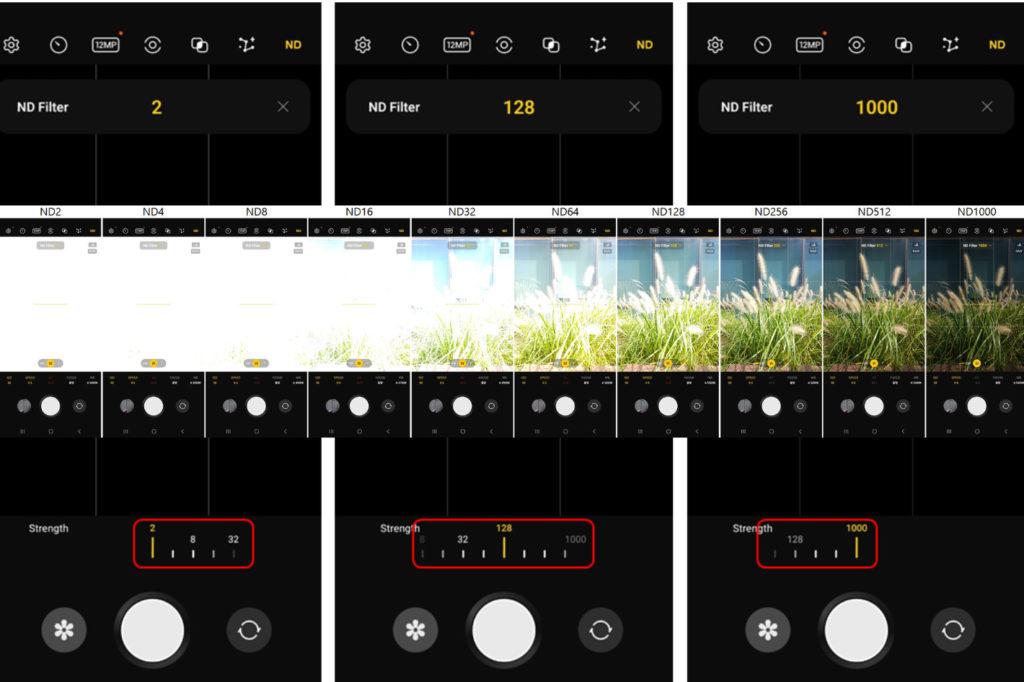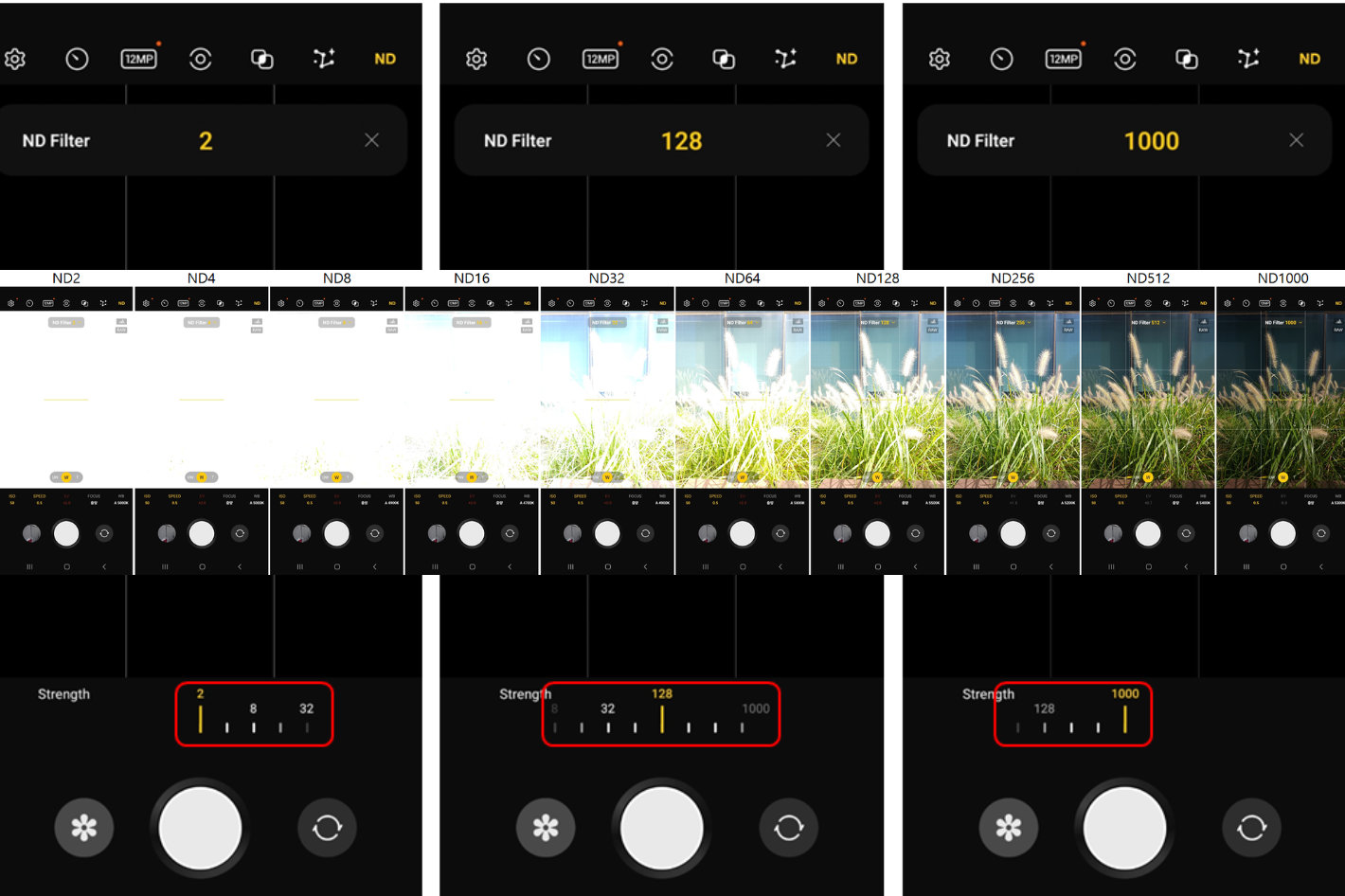 Misled by information published by various websites, I believed my Samsung Galaxy S22 Ultra was getting a ND filter as part of the recent upgrade to Android 14. No! It’s only for the Galaxy S23 Ultra!
Misled by information published by various websites, I believed my Samsung Galaxy S22 Ultra was getting a ND filter as part of the recent upgrade to Android 14. No! It’s only for the Galaxy S23 Ultra!
The same people and places that call a prime lens a zoom made me believe my Samsung S22 Ultra was going to get a Digital ND filter through an update to Expert RAW, the photography app developed by Samsung for expanded RAW editing in their smartphones. Most of the news I read pointed to the new feature coming to Expert RAW, but never mentioned a crucial piece of information, which I finally found, published this month, in a page from Samsung.
The note reads: This feature is provided as a beta service for S23 series customers who have upgraded their software version to One UI 6.0. The support model and schedule are currently under review and will be announced when the beta service ends.
Well, I guess I’ve to go back to the old methods, which in fact are more natural than this “Digital ND filter” which deserves some explanation, coming in an upcoming article. It’s irritating, though, that so many websites wrote – and continue to write – that Expert RAW has this new feature, when it’s in fact something limited to a specific series, the S23, and may not be available for all the models. The S23 Ultra has it, but it’s missing on my S22 Ultra, despite having received the Android 14 version and the new Expert RAW.
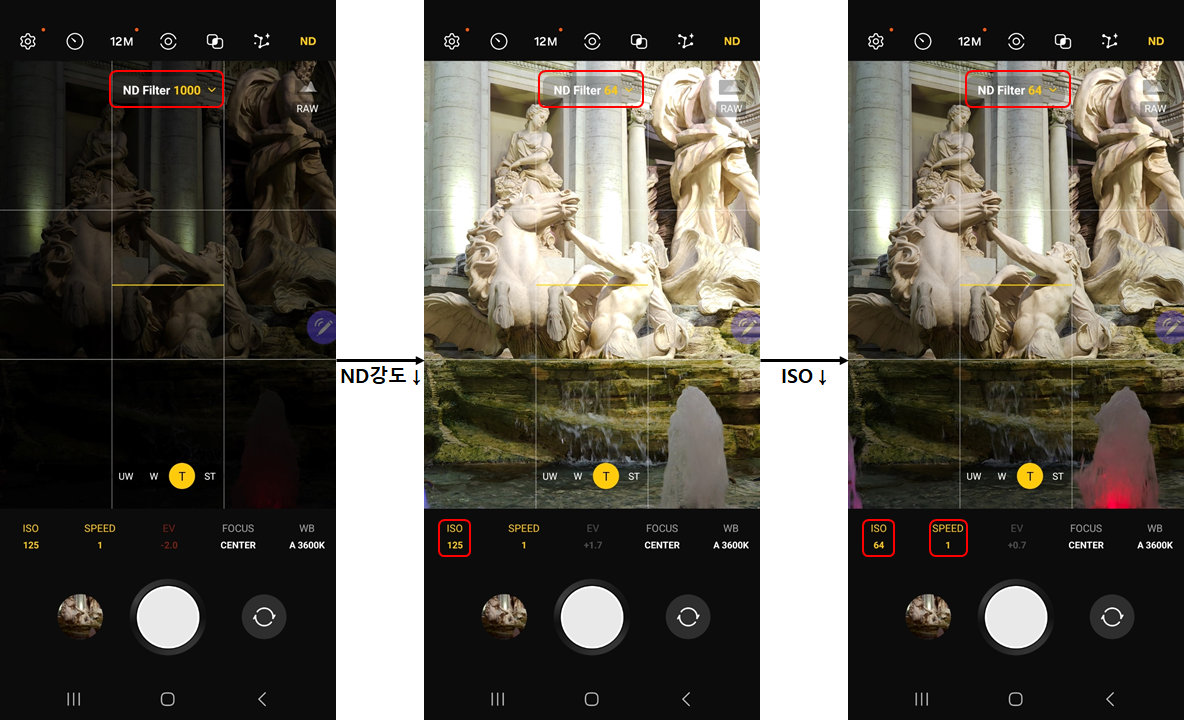 This ND filter is “digital”, and a trick allowed by modern technology – more about this in another article – which in no way replaces the control allowed using a true external Neutral Density filter, used on a smartphone the same way as with conventional cameras: by using an adapter that receives the ND filter. The advantage of having the digital ND filter in the smartphone is that you can use it anytime, anywhere – if you have support for the smartphones, as a long exposure continues to be the rule. In the case of Samsung’s ND filter in Expert RAW, there is another advantage: it provides a range of densities – 2 / 4 / 8 / 16 / 32 / 64 / 128 / 256 / 512 / 1000 – which allows for expanded control of exposure – and time – in your photos. It’s like having a whole collection of filters inside your smartphone, instead of carrying them in your camera bag.
This ND filter is “digital”, and a trick allowed by modern technology – more about this in another article – which in no way replaces the control allowed using a true external Neutral Density filter, used on a smartphone the same way as with conventional cameras: by using an adapter that receives the ND filter. The advantage of having the digital ND filter in the smartphone is that you can use it anytime, anywhere – if you have support for the smartphones, as a long exposure continues to be the rule. In the case of Samsung’s ND filter in Expert RAW, there is another advantage: it provides a range of densities – 2 / 4 / 8 / 16 / 32 / 64 / 128 / 256 / 512 / 1000 – which allows for expanded control of exposure – and time – in your photos. It’s like having a whole collection of filters inside your smartphone, instead of carrying them in your camera bag.
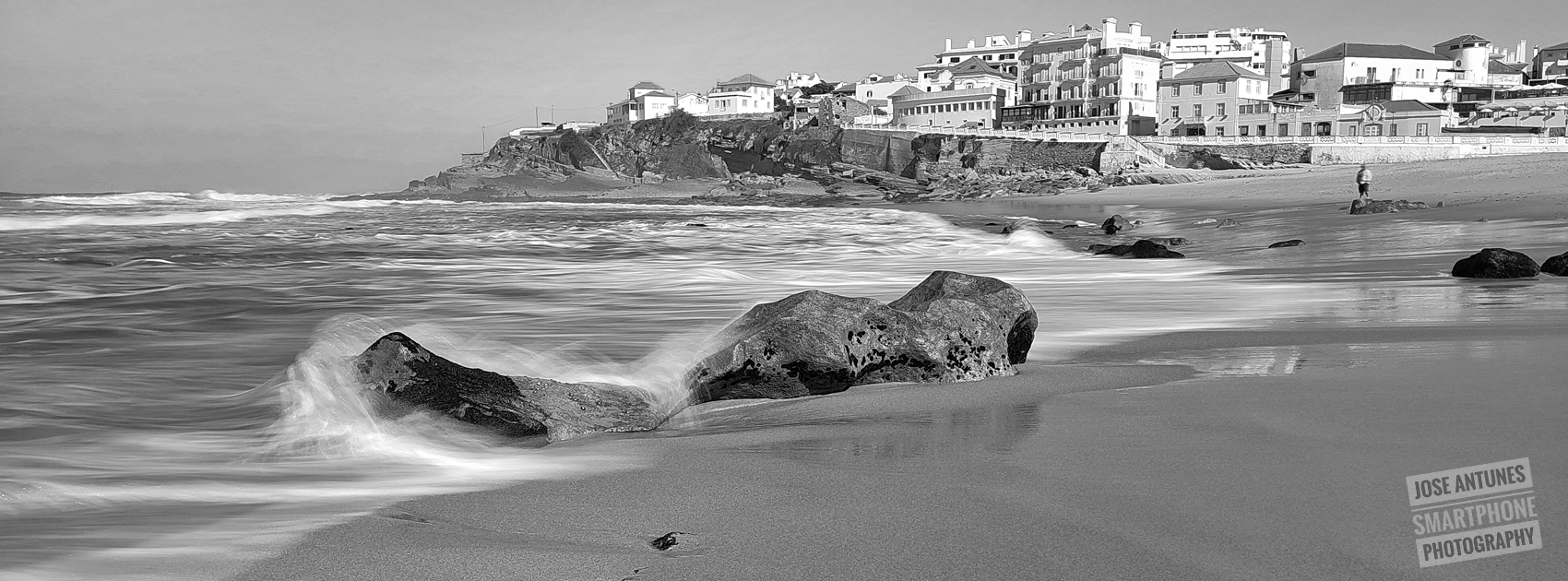 You can do it by hand
You can do it by hand
The advantages of having a ND filter as part of the software inside a smartphone are clear in this case, and the illustrations published here, taken from Samsung’s pages dedicated to the subject, clearly demonstrate what’s possible. It’s, no doubt, a clear invitation for people to do more “long exposures” to express movement, but it is also a way to control exposure in very bright situations.
Having said this, you can also do the same type of work with any smartphone, provided you’ve the necessary ND filter or filters (or a VND or Variable Neutral Density filter), an adapter to use the filter with the smartphone, a tripod, and patience to work out the variables. And you also need to know how it works, something that many smartphone users are not familiar with. I publish with this note two photos that show what is possible to achieve in terms of long exposure using ND filters.
The two photos published here, used to promote my smartphone photography workshops, were taken with a Xiaomi Redmi Note 10 Pro (which I keep using for its fantastic macro), an affordable smartphone from 2021, with a ND filter and a tripod. If a smartphone allows some form of control of the exposure, the technique can be applied, and there is no need for any digital trickery as the one added by Samsung to its S23 series and Expert RAW.
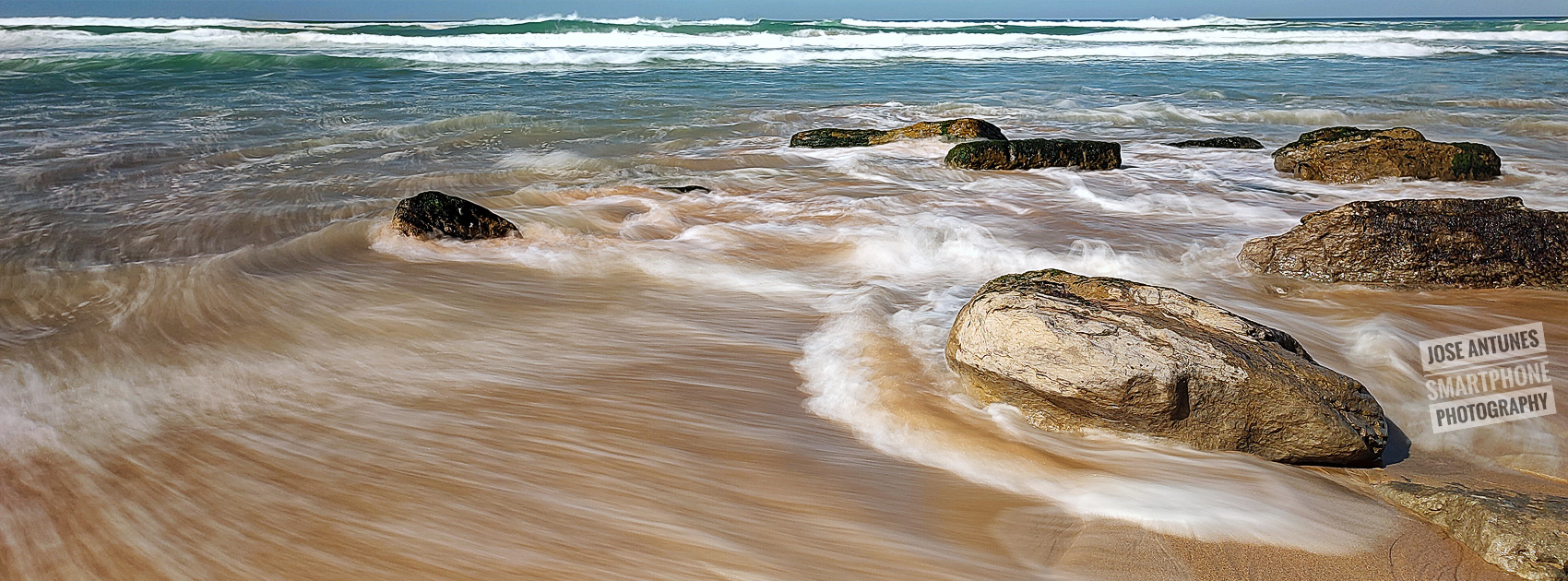 ND, a feature for future smartphones
ND, a feature for future smartphones
It’s just more convenient having the ND filter as part of the smartphone, although the results are different from those achieved when doing it by hand, when you’ve control of the moment of exposure. For some situations, like waves crashing on the rocks or the sand, it may be important to have control of the exact timing of the shot. But Samsung’s Digital ND filter is a good feature that I would not mind having in my Samsung Galaxy S22 Ultra, to use on some occasions, when a conventional filter is not available. Other smartphone brands may follow Samsung and start to offer “digital ND filters” in their future models too. It makes sense!
 One final note: Samsung says that the Digital ND filter that is now in beta is going to have a better version, as the company is “preparing a major update to greatly improve the expert image quality experience, and soon you will be able to easily experience detailed and clear photos through Expert RAW.” There is no indication that the feature will be available for other models than the S23 series – or the S23 Ultra – but I am still hoping that it may be made available for my S22 Ultra… which is my main smartphone camera these days. If not, then I hope it is part of the S24 Ultra, coming next January, when I may move from my S22 Ultra model, to have access to the new optical lenses that the Galaxy S24 Ultra is, according to rumors, going to feature.
One final note: Samsung says that the Digital ND filter that is now in beta is going to have a better version, as the company is “preparing a major update to greatly improve the expert image quality experience, and soon you will be able to easily experience detailed and clear photos through Expert RAW.” There is no indication that the feature will be available for other models than the S23 series – or the S23 Ultra – but I am still hoping that it may be made available for my S22 Ultra… which is my main smartphone camera these days. If not, then I hope it is part of the S24 Ultra, coming next January, when I may move from my S22 Ultra model, to have access to the new optical lenses that the Galaxy S24 Ultra is, according to rumors, going to feature.

Filmtools
Filmmakers go-to destination for pre-production, production & post production equipment!
Shop Now